- Home
- Electrical
- Industrial Controls Automation And Machine Safety
- Machine Safety
.....Read More
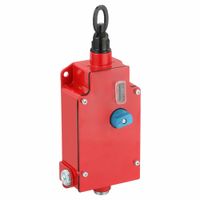
Cable Pull Switches
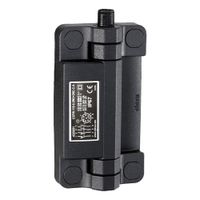
Door Hinge Safety-Interlock Switches
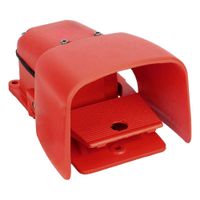
Foot Switches & Foot Switch Guards

Locking Gate Boxes with Safety Switches

Magnetically Actuated Safety-Interlock Switches
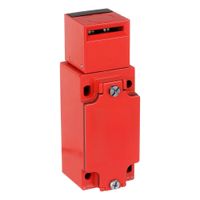
Mechanically Actuated Safety-Interlock Switches
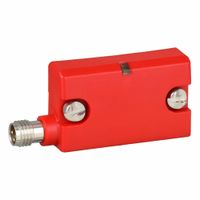
Non-Contact Transponder-Coded Safety Switches

Safety Controllers & Evaluation Units

Safety Light Curtains
Frequently Asked Questions
What are the different types of machine safety sensors and interlock switches?
How do cable-pull switches function in emergency situations?
What is the role of door hinge safety-interlock switches in industrial safety?
How do foot switches and foot-switch guards enhance operator safety?
What are the benefits of using magnetically actuated safety-interlock switches?
How do non-contact transponder-coded safety switches work?
What is the purpose of safety light curtains in industrial environments?